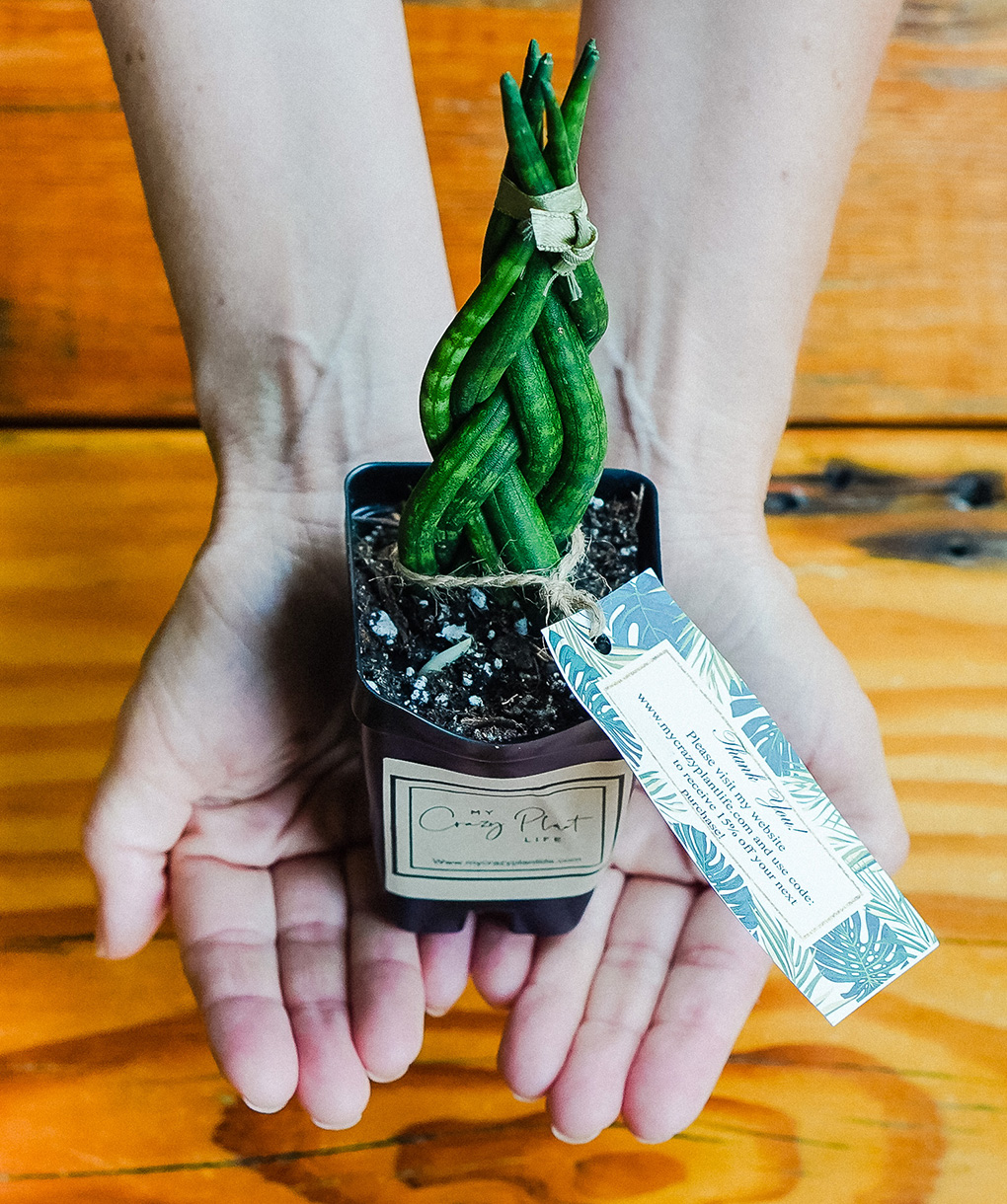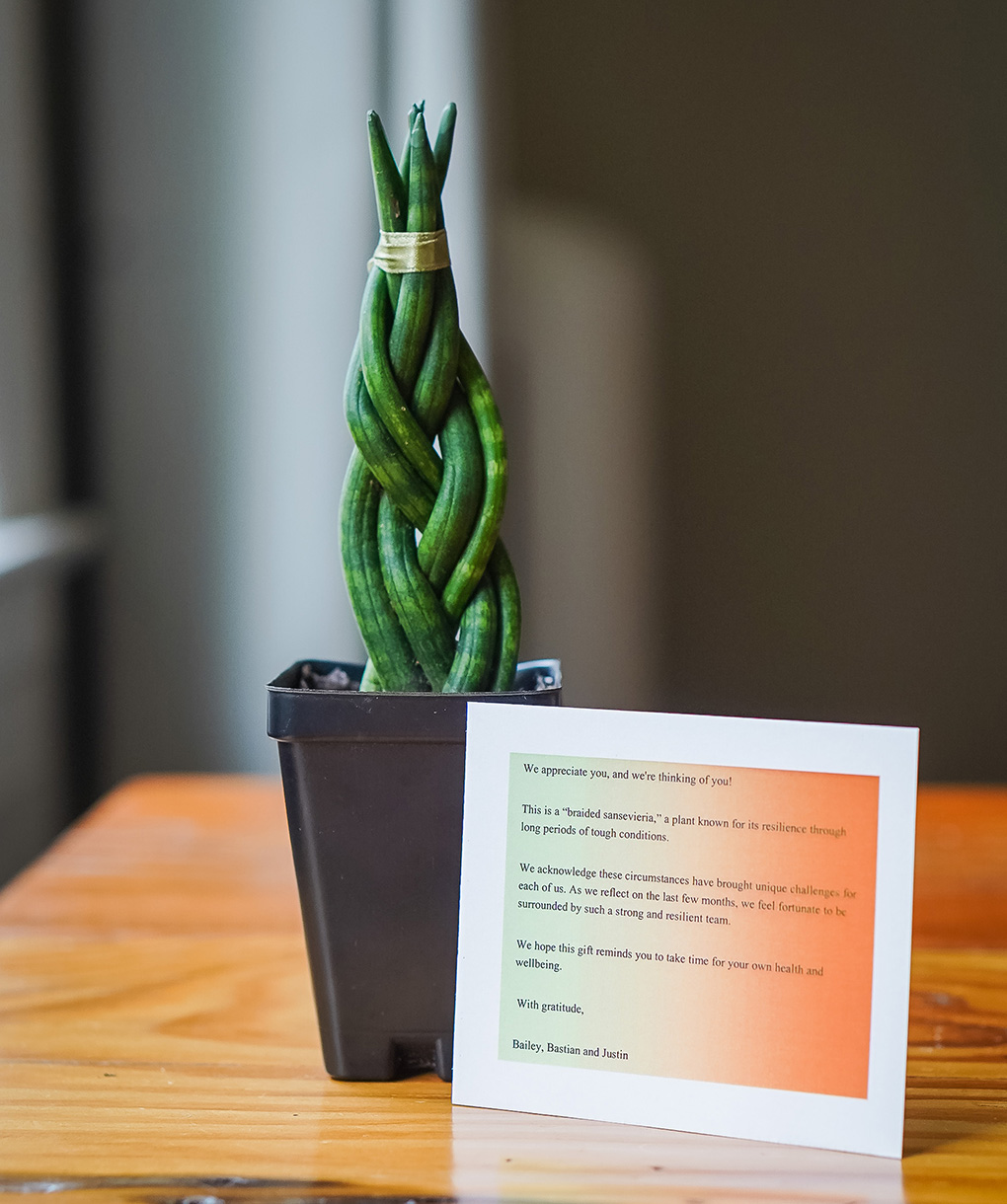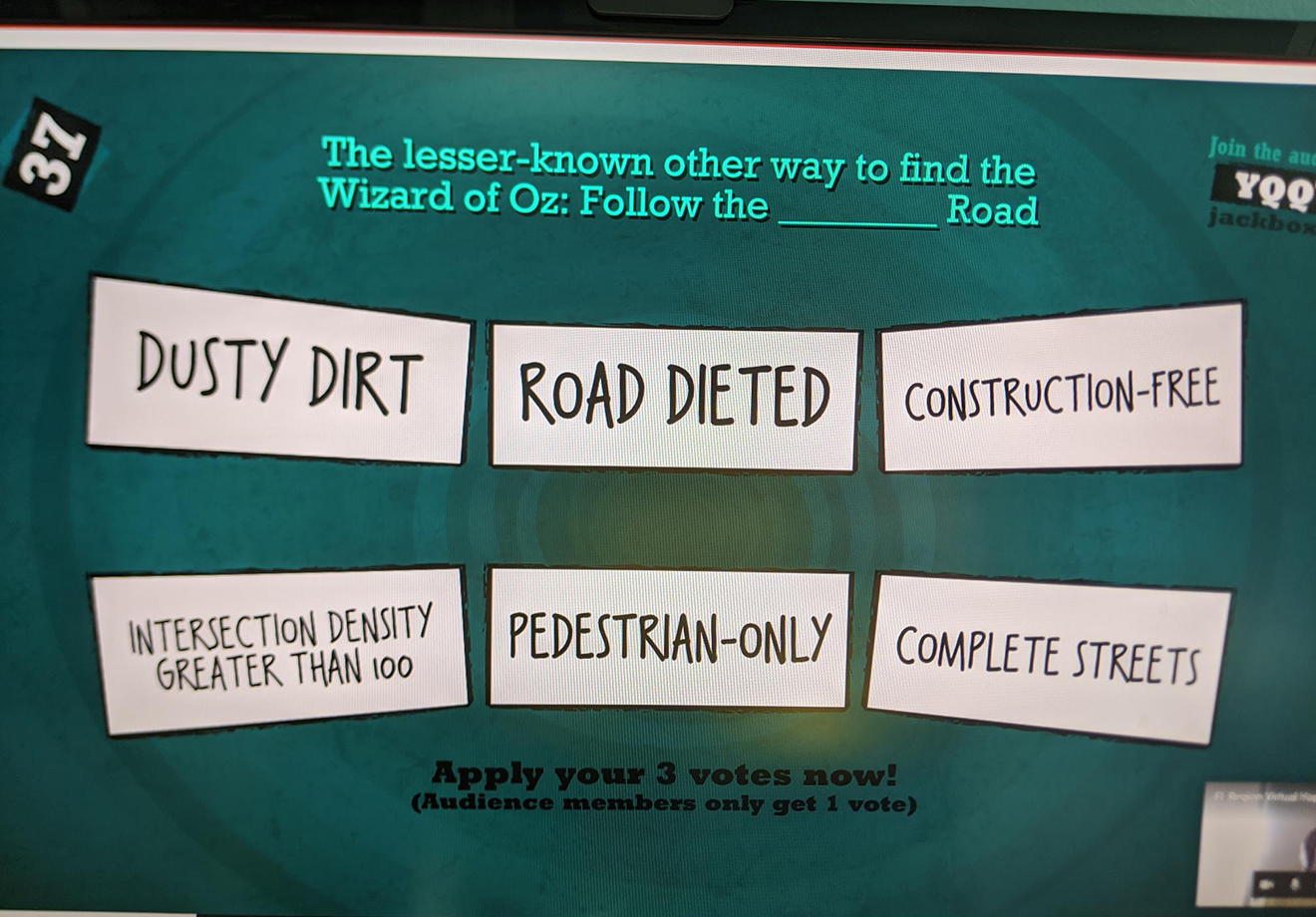January 20, 2021
“We are in the same storm, but not in the same boat.”
At the beginning of working from home due to COVID-19, we published an article about the steps we took to transition to the remote environment. Our companywide practices included turning those webcams on, sharing meals and happy hours together over video, and launching new Microsoft Teams channels to replicate conversations that usually take place in our offices’ lunch rooms and coffee stations.
In the time since then, research and anecdotes have emerged describing the reality of virtual meeting fatigue. We’ve seen this in our own organization, too, and it’s caused us to adapt. Many of the additional checkpoints we set up in spring 2020 served their purpose and became no longer needed.
While virtual meeting fatigue is valid, however, overcompensating for it is detrimental to employee connection. We believe the answer lies in finding the right connecting points, and providing a variety of options that meet different needs.
“We are in the same storm, but not in the same boat.” This quote has guided our approach to firmwide connection in the past year. A parent trying to keep up with work while staying home and managing virtual school with kids might be overwhelmed by another happy hour, but an individual living alone might look forward to it and be disappointed if it’s canceled.
Looking back on 2020 and nearly nine months of operating in a work-from-home environment, we’ve learned a lot about meaningful ways to connect with one another. We believe in sharing what we learn in case it can benefit other organizations working through these questions-so here are five new and meaningful ways to connect that emerged for us at Kittelson in 2020.
1) Open and Conversational Firmwide Meetings
Observation: Reducing the formality of all-staff meetings and creating space for vulnerability is powerful.
For years, we’ve held a monthly all-staff meeting in which we share announcements, present project examples, and hear from our offices on a rotating basis. In April 2020, we introduced an additional firmwide touchpoint: Friday all-staff huddles. From the beginning, these huddles were centered around open communication. When things were changing so quickly that weekly updates were warranted, our CEO Brandon Nevers would get on video, share the updates of the week, and take questions live.
As frequent updates from leadership became less needed, our huddles shifted to emphasize connection. We set aside time every Friday to hear from team members-those staying at home with young children, those living alone, those separated from adult children and grandchildren, those new to the firm, those who had been with Kittelson for years-about their experiences and how we could best collaborate with and support them. We encouraged staff not to prepare slides, and instead just turn on their video and share openly. While it was initially unnerving to create space for this type of dialogue in an all-staff setting of 200-300 people, these “perspective sharing” sessions have brought an added sense of unity to our 26 offices, have sparked important conversations, and have been well worth the risk. Our team now jokes that it’s wise to have a box of tissues nearby during all-staff huddles, just in case.
Following the death of George Floyd in May 2020, we as a firm held a type of meeting we’d never had before: an hour of open conversation, with everyone tuning into the same Microsoft Teams meeting and no agenda other than to hear directly from Kittelson staff how they were being impacted and how we could learn and grow together. The discussion was powerful, and turned into a series of dialogues in which we talked about creating safe spaces as a firm, how our individual perspectives and biases are formed by who is on our circles, and how we could advance racial equity in our projects.
The forum of open discussion is not one we previously thought would work in an all-staff call. But through identifying facilitators, using Microsoft Teams’ “hand raise” function, and encouraging comments in the chat box, we’ve had important dialogues together that have led to action and genuine connection.
2) Surprise Gifts
Observation: Sending staff appreciation gifts is a fun way to recognize our team while supporting small businesses during a difficult financial year.
In a year like 2020, it’s easy to feel alone. To send the message of “we’re thinking about you,” our leadership team coordinated a few surprise deliveries. In the fall, every staff member received a “braided sansevieria,” a plant known for its resilience through long periods of tough conditions, from My Crazy Plant Life, a wonderful small business in Tampa, Florida. In December, prior to our holiday party, everyone was shipped a gift box containing holiday treats and a gift card to Etsy so we could support friends, family, and other small business owners on this platform.


3) Adding Interactive Elements to Happy Hours
Observation: Happy hours and office events are often more comfortable when there is a planned activity that makes it easy for everyone to participate.
Virtual social events can add to a sense of virtual meeting fatigue when overdone, and are difficult for introverted team members. When a large group is on a call together, those who prefer one-on-one interaction don’t have the option to initiate side conversations. “Unmute and turn your camera on” can be nerve-wracking words for someone who doesn’t know what activity is going to follow.
When done well, however, virtual social events contribute fun and connection for team members of all personality types. We’ve found that building interactive elements into our happy hours reduces barriers to participating and has elicited positive feedback from our staff. One of our favorites is virtual trivia, through Kahoot or Quizizz. This has become our go-to activity for virtual events like happy hours, baby showers, and holiday events. Planning activities that don’t put individuals on the spot, and communicating in advance what the activities will be, can bring a sigh of relief to introverted employees.


4) Wellness Sessions
Observation: Work and life outside of work cannot be fully separated, particularly during a year like this one.
Same storm, different boat. The staff of Kittelson & Associates represent a wide variety of experiences. As we’ve learned through our Friday all-staff huddles, there is power in sharing our experiences so that we can better support and collaborate with one another.
What we refer to as “wellness” sections are meetings we set aside to talk through a particular aspect of mental and emotional health during a challenging year. These sessions have ranged from bringing in a guest speaker to offer mindfulness exercises, to sharing struggles with staying energized at work, to swapping practices that have been helpful for “renewing our spark.” These sessions have brought a new depth to our firmwide meetings and we intend to continue them through 2021. There’s something powerful about hearing another’s experience and being able to say, “It’s not just me.”
5) Peer Groups and Employee Resource Groups
Observation: Firmwide conversations provide valuable information and education, but lasting community is found in small groups.
It has been important for us to complement our companywide meetings, conversations, and wellness sessions with smaller, intentional communities throughout our firm. When we transitioned to working from home in the spring, our leadership team made sure every staff member was part of a peer group to give them the opportunity to meet regularly with a smaller group of fellow team members. Most of these peer groups span several offices so that team members can get to know coworkers outside their home office.
In Fall 2020, under the guidance of our Diversity, Equity, & Inclusion (DE&I) Committee, we also launched our first phase of Employee Resource Groups (ERGs). While firmwide dialogues are powerful for better understanding one another’s experiences, ERGs provide a safe space in which members already share that experience. We surveyed our team to learn what groups were needed and launched the following groups in Fall 2020: Black, Indigenous, and People of Color (BIPOC); Lesbian, Gay, Bisexual, Transgender, Queer (LGBTQ+); Women; Parents; Mental Health; Immigrants; Staff Preparing for Retirement; People of Faith; and Partner Staff (staff who are not engineers or planners). Each of these ERGs is led by its members and has a leadership team liaison so that concerns discussed within the group can be elevated and addressed. We are excited to continue forward and refine and expand this program over time.
Heading Into 2021: Connected, Optimistic, and Continually Learning
Difficult as 2020 was, we are grateful for the new ways we learned to connect with one another and are excited to carry many of these activities forward as we kick off 2021. We know we’ll look back on 2020 as a year of growth, but we also recognize the growth is continual.
What have been the most powerful and effective ways for your organization to stay connected without exacerbating virtual meeting fatigue?
